How the English won the day at the Battle of Agincourt
Facing a volley of arrows, falling like steel sleet at nearly 200mph, is not for the faint of heart, discovers Graeme Fife, as he relives the role of the English archers at Agincourt.

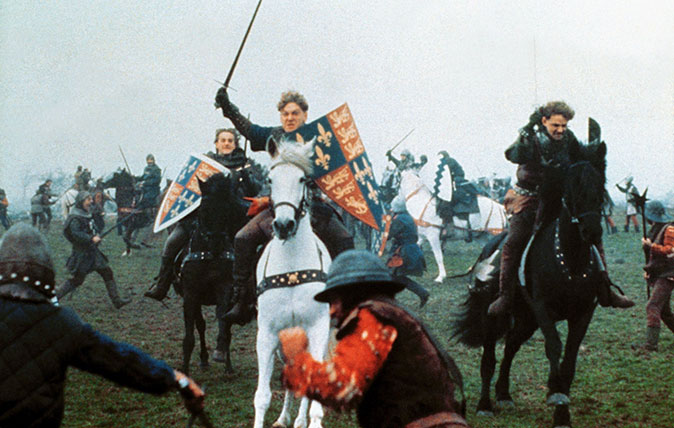
'Then call we this the field of Agincourt.’
The field on which Henry V disposed his army at dawn, that chilly late October day, had recently been sown with winter wheat, its bare earth turned to glutinous mud by heavy downpours of rain, which also drenched his weary men. On the march across northern France towards Calais, the archers had subsisted on nuts and berries. There were some 5,000 to 6,000 of them, positioned in four groups in the English front line, extending over about 900 yards: two massed at either wing, two wedge-shaped formations in the centre.
The French, about 1,000 yards distant up the narrow defile, refused to be lured to engage them. After three hours of inactivity, shivering in the dank cold, Henry ordered his men forward to arrow range, about 250 yards. The archers prepared their bows – the silk or hempen strings kept dry under their hats (origin of the expression keep it under your hat) – and planted their two sheaves of 24 arrows. They stood in lines four deep, in chequerboard formation, the foremost with clear view of the enemy, those behind with intermittent sight.
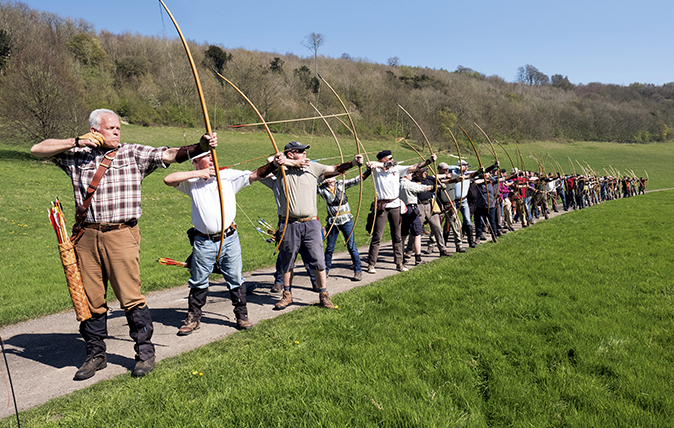
By whatever process of coordinated command their senior men deployed, the bows pointed skyward in unison to the angle that would deliver maximum trajectory. In one movement, the archers spread their shoulders to open the bow to full extent and together unleashed, in a sudden, fourfold cloudburst of volleys, nearly 6,000 arrows. A word or signal of command, probably, but these men had trained together and, like a flock of geese taking flight simultaneously, almost certainly had a sort of inner pulse of recognition – ‘now, boys’.
Arcing high, the arrows fell like steel sleet, at a terminal velocity of nearly 200mph, the chisel-pointed and gimlet heads raining into the French ranks of knights and men-at-arms. The force of impact was akin to being thumped by a sledgehammer. The arrows glanced off the plate armour, penetrated the unprotected bodies of the horses, the big destriers, perhaps some finding a chink in the plate and sinking into chainmail.
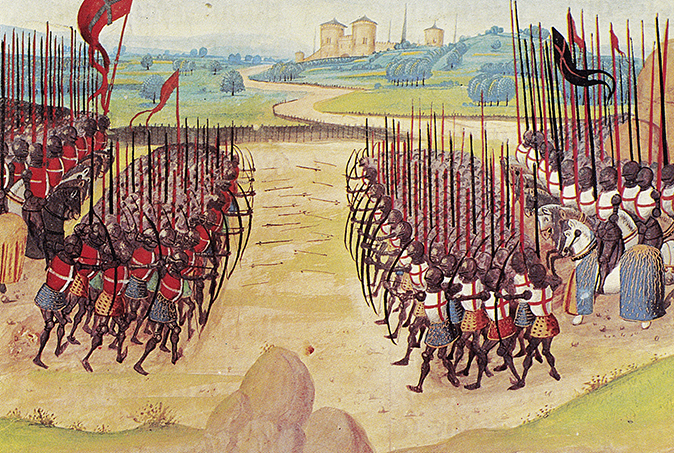
Soon, the next swarms were in the air, possibly eight volleys in that first minute, a total of nearly 50,000 shafts, the noisy clatter of those steel arrowheads on metal plate, the whinnying of stricken horses, the sickening battery on human body and head. It was said, at the time, that no man could call himself such until he’d felt the bruise of concussion of a mace on a visored helmet.
Some men toppled from their mounts, the animals, in wild panic, ran wildly at and through the ranks. The English archers, as before – Crécy in 1346, Poitiers in 1356 – stung the French to indiscipline. Their vastly superior numbers advanced forward, into the mud, and bore down on Henry’s ‘few’, even as more arrows fell. The English, trained to pinpoint of distance, narrowed their range as the enemy closed in on them. Volley by volley, the arrows fell at deadly speed and impact, flatter and flatter the trajectory as the moving targets advanced. Gimlet arrowheads perhaps pierced the breastplates now, some chancy shots finding the gaps in the armour and cloth and flesh behind, the din of war resounding.
Exquisite houses, the beauty of Nature, and how to get the most from your life, straight to your inbox.
Each archer stood behind a pointed wooden stake, driven at an angle into the earth, part of the burden they’d humped to battle. A spiked hedge was their only defence against the horses. Those archers had been long trained in their mystery. They had to be strong to manage a draw weight of 100lb and more – that’s a hundredweight (imagine a sack of cement) each arrow. Not only strong, but fit. They threw rocks and exercised with weighted mallets to condition the muscles and develop stamina.
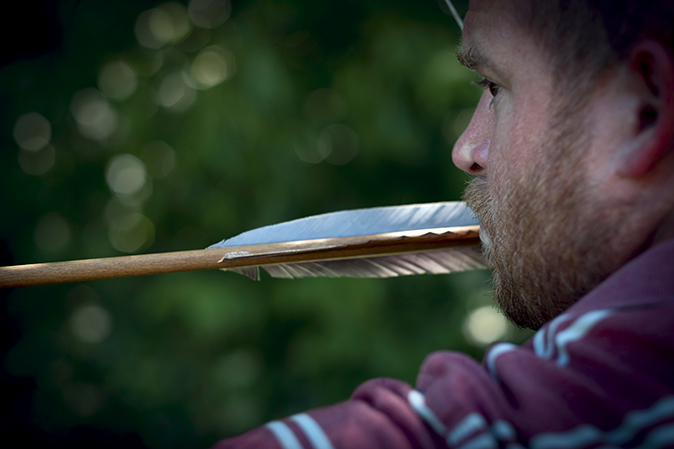
The coordination of their shots must also have been drilled into them in long hours in fields across England’s shires. Every aspect of these men’s practice was honed until it was second nature. And their pride: the bowmen of England so often the decisive arm of the expeditions that crossed the Channel to fight in France.
The warbow, of Welsh origin, was a triumph of design and efficiency, shaped from a single stave of yew – always from the trunk of the tree, never the limbs. Curved on its inner side, the belly, flat on the other, it took a skilled artisan about 40 hours to make.
The arrow, made generally of poplar, but also beech, ash and hazel, was fletched with goose feathers, each side of the fletching from one wing.
Archery, lethal in its capacity as a weapon, demanded an extreme of technical skill to supply it. This spelt the end of the bow as a dominant weapon of war. The musket, which took its place, could be manufactured very quickly in quantity and a man could be trained to fire one in a day.
The rate of fire was very slow by comparison and the accuracy wayward, but the combined effect of what could now properly be termed ‘fire power’ was damaging if not lethal, the noise bewildering and the acrid fumes of spent powder a further discomfort for those engaged in the nasty business of war. As a writer said, in 1598: ‘A vollie of musket… goeth with more terrour… than doth your vollie of arrowes.’
On a sunny morning in an English field, we watched the men, women and youngsters (Dylan, 10, and Imogen, 12) of the Fraternity of Saint George as they prepared to loose their first volley on a day of varying tests of their skill: shooting close at target and to mark, some distance away. They fanned out in a long line across the brow of a rise above a narrow, shallow valley. With the first mark barely visible behind a small clump of trees, the ranging becomes a matter of feel. The archers shot three arrows, in their own time after the order.
I expected a similar noise to that in the Laurence Olivier film of Henry V, a mighty whirring whizz, enhanced, of course, as part of the Walton soundtrack. In fact, the sound was quite different, even given that only 61 bows unleashed their arrows – a slight ping and the clack of the string snapping back into place after the draw and release.
The slender arrows flew, flexing up on their lofty parabolas into the cloudless blue sky of a glorious day. They shimmied and shivered like bamboo-thin plant sticks, like elvers, all a-quiver on the draughting of the arrows at their butt end. And then they fell, out of the sun, invisible, to the ground.
Such was the force of their drop that they drove into the earth of the lea several inches. It was impossible not to connect that with the effect on a human or equine target.
The line moved forward to retrieve the shafts. I stooped down to investigate a royal-blue object lying in the grass. It was a spent shotgun cartridge – the new amid the centuries old. Again, the arrows flew.
The Fraternity is open to all, its sole and driving aim to encourage the practice of the longbow in its ancient tradition. To quote its principle, declared purpose: ‘You do not have to be a member to join. Archers from all walks of life just turn up, pay their shooting fee and join the event – all thereby become shooting members of the Fraternity. Openness and welcome that originate in the ancient tradition of free association. Freedom to shoot in glorious surroundings.’
For more information, visit www.longbow-archers.com/keyeventsstgeorge.html
The story of Agincourt
It's over 600 years since the Battle of Agincourt. Country Life's John Goodall looks back at this strategic victory, and
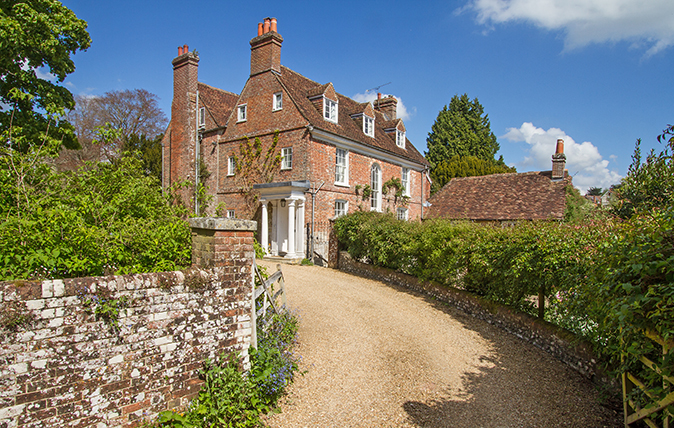
The enchanting Hampshire home that hosted Henry V before he marched to Agincourt
During the Middle Ages, The Palace House was one of the finest residences of the Bishops of Winchester.

Guide to Shropshire’s local produce, myths and local customs
Birthplace of the Industrial revolution, Shropshire also has the lowest ever recorded temperature for England and Wales
Country Life is unlike any other magazine: the only glossy weekly on the newsstand and the only magazine that has been guest-edited by His Majesty The King not once, but twice. It is a celebration of modern rural life and all its diverse joys and pleasures — that was first published in Queen Victoria's Diamond Jubilee year. Our eclectic mixture of witty and informative content — from the most up-to-date property news and commentary and a coveted glimpse inside some of the UK's best houses and gardens, to gardening, the arts and interior design, written by experts in their field — still cannot be found in print or online, anywhere else.
